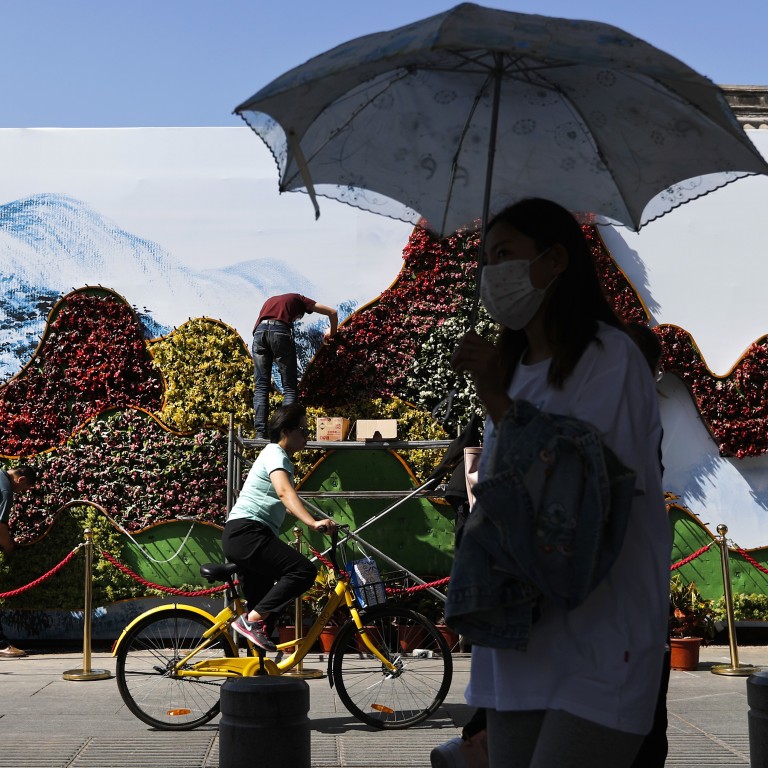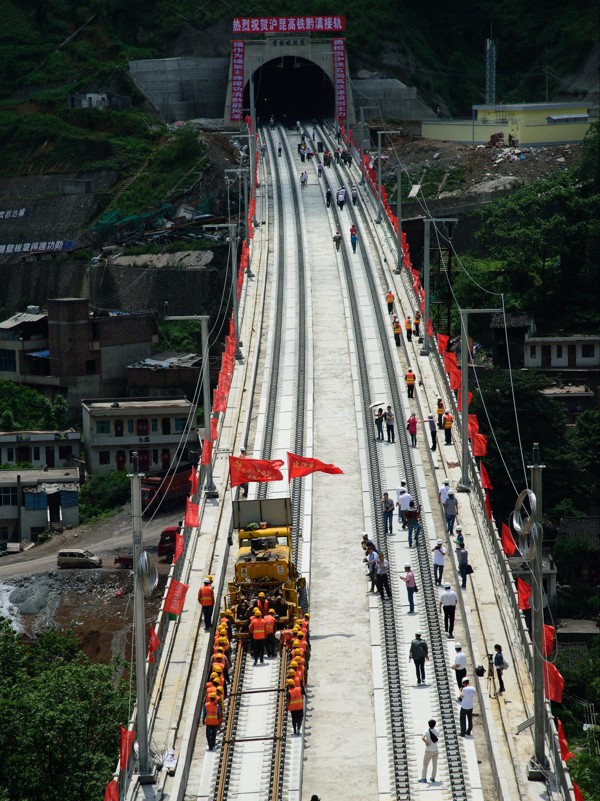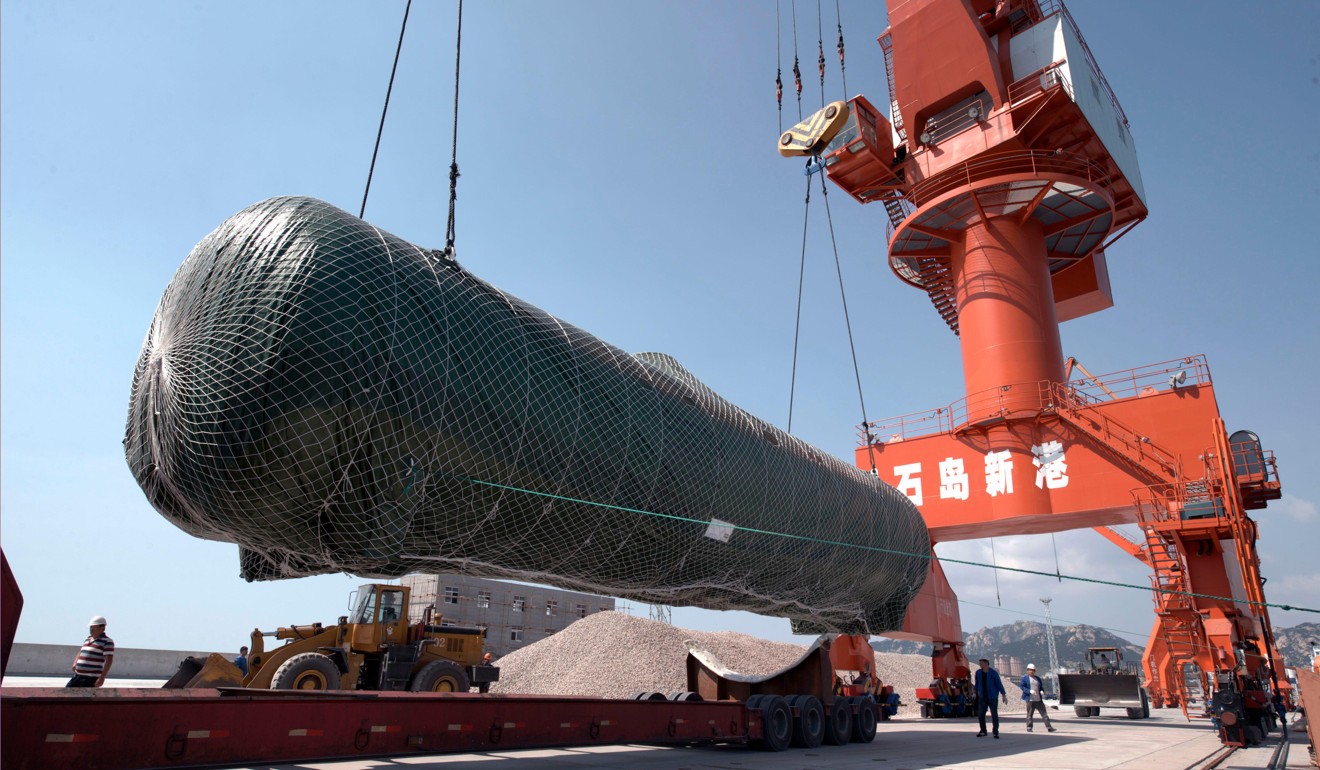
Moody’s highlights fears over Belt and Road’s credit risks
Agency warns that if it’s not careful, the Beijing government could find itself being lumbered with the lion’s share of the costs involved.
China’s flagship economic “Belt and Road Initiative” has been stamped “credit positive”, overall by Moody’s Investors Service.
But to successfully implement some of the wildly ambitious projects earmarked within the plan in coming years, the influential agency warns too that officials face some huge logistical and fiscal challenges, due to the significant credit risks in doing business with some of the country’s eager to sign up to the infrastructure-targeted plans, many of which have poor credit profiles.
In a hard-hitting report published this week, Moody’s also warns China, that if it is not careful, the Beijing government could find itself being lumbered with the lion’s share of the costs involved.

The Belt and Road – proposed by Chinese President Xi Jinping in 2013 to strength ties between China and a host of countries in Eurasia and beyond along the ancient Silk Road trading routes – is being designed to economically benefit all parties concerned, but crucially, many analysts suggest its ultimate goal is to encourage much wider use of the renminbi as an international currency.
“(The initiative) will result in increased exposure by Chinese issuers to countries with comparatively poor credit profiles, including weak financial strength, high susceptibility to event risk, and unfavourable business environments,” said Lilian Li, a Moody’s vice-president and senior analyst.
(The initiative) will result in increased exposure by Chinese issuers to countries with comparatively poor credit profiles, including weak financial strength, high susceptibility to event risk, and unfavourable business environments
Among the countries eager to be part of the initiative, Moody’s estimates less than 40 per cent would be considered as having relatively “high financial strength”.
“On average, the Belt and Road nations have high susceptibility to event and political risk and/or risk to external vulnerability, as well as poor infrastructure networks and unfavourable business environments,” analysts from the rating agency says in the study.
Its figures show 37 per cent of Chinese Belt and Road-related investment has already flowed to countries rated “Ba1” [judged by the agency “to have speculative elements and significant credit risk”] or lower since 2013. Excluding tiny Singapore, the proportion leaps to 54 per cent.
One key unresolved issue, it highlights, is how risk will be allocated between the Chinese government, and the entities handling the funding or investment.
It also warns the Chinese policy banks, major commercial lenders, and state-owned enterprises (SOEs) that are largely expected to bear the blunt of supporting the Belt and Road projects, may be exposed to unhealthily high implementation risks.
“Large funding from [Chinese) policy banks to countries rated with high implementation risks could lead to asset quality erosion at the banks and increase contingent liabilities,” the analysts say.
So far, the report says, the impact on Chinese banks has been limited, with Belt and Road-related overseas loans representing just three per cent of their total loans, by the end of 2016.

Given the political national significance of the Belt and Road, however, Moody’s says Chinese lenders will be most supportive of projects that are operated by strong central government-backed SOEs.
Unsurprisingly, weaker recipient countries involved in initiative projects, view any investments and trade opportunities from China as potential growth drivers.
Nonetheless, Moody’s warns, too, that any significant Chinese economic slowdown in future, and accompanying efforts to rebalance its economy, could have “mixed effects” on Belt and Road-related countries whose primary exports to China are unrefined commodities and raw materials.
Official statistics show imports from Belt and Road countries have dropped slightly since 2014, due to lower domestic demand and commodity prices.
“Any increased reliance on Chinese lending could also induce a negative shift away from international financial institutions in the financing structure of some Belt and Road countries,” the analysts said.
Historically, international financial institutions have been the staple funding sources for these countries, but often with strict “concessional terms” firmly in place.
Another possible ill-effect of the Belt and Road Initiative is the possible negative impact on some countries not involved in related projects.
The geographic coverage of the Belt and Road has expanded to close to 70 countries in Asia, Africa, the Middle East, Europe and Oceania, according to government statistics.
Those countries represent a third of global GDP, two thirds of the global population, and a quarter of global foreign investment flows, Moody’s says.
China has been ploughing an increasing share of its total outbound direct investment (ODI) into Belt and Road-related projects since its launch in 2013. By the end of 2015, Moody’s quoted official government data as showing stock of ODI to Belt and Road nations reached US$115.7 billion, 10.5 per cent of China’s total ODI stock.
In 2015, the Belt and Road nations attracted US$9.2 billion worth of Chinese M&A deals, 17 per cent of China’s total, up from 4 per cent in 2014, with deals signed as far afield as Israel, Kazakhstan, Singapore, Russia and Laos.
China obtained US$126 billion of new infrastructure contracts from Belt and Road countries last year, accounting for more than half ( 52 per cent) of China’s total engineering, procurement and construction contracts globally.

